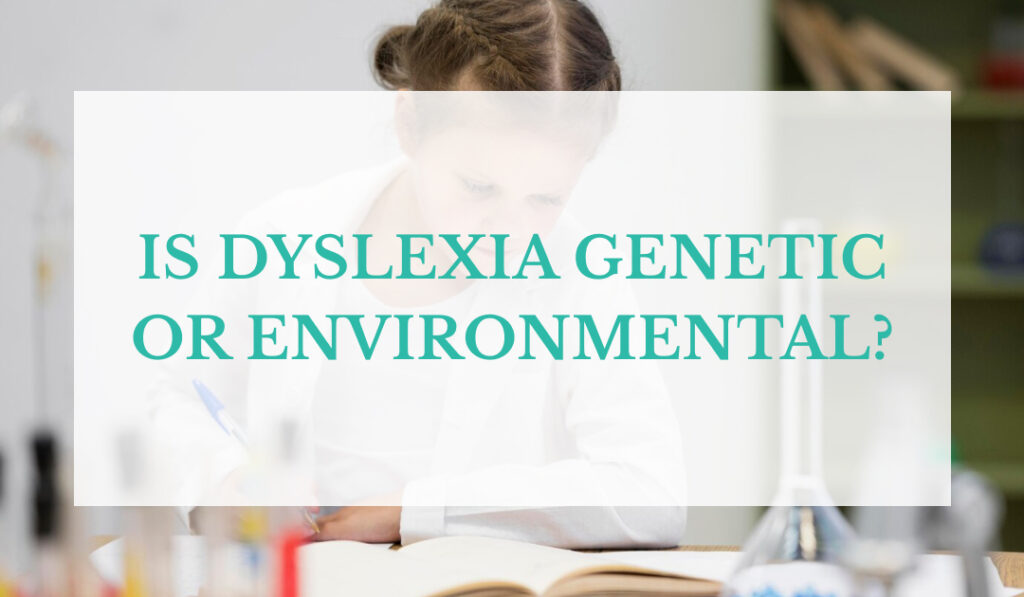Dyslexia is a learning disability that makes it difficult for children to read. It is caused by trouble recognizing speech sounds and understanding how they relate to letters and words. This is also called a reading disability due to differences in the areas of the brain that process language. Dyslexia is not linked to intelligence, hearing, or vision problems. With the right guidance and support, most children with dyslexia can succeed in school through tutoring in Toronto. Emotional support is also important. Early assessment and intervention lead to the best results. Sometimes, dyslexia is not identified until adulthood, but receiving support is never too late.
What are the Symptoms of Dyslexia?
It’s no wonder that dyslexic children process letters and words differently than others. It’s a misconception that children with dyslexia see and read everything backwards. Most often, parents fail to identify dyslexia in their children because they are unaware of the symptoms of dyslexia:
- Struggling to read or sound out words
- Difficulty spelling or writing
- Reading slower than expected at a specific age
- Trouble remembering a number of facts
Is Dyslexia Genetic or Environmental?
According to many resources, dyslexia is inherited, which means it may run in families. Many parents of dyslexic children also have dyslexia. Early intervention through tutoring can make a huge impact. With early intervention, children with dyslexia can overcome various challenges. According to research, reading disabilities like dyslexia can have a genetic component, but it seems to result from a combination of environmental and genetic factors.
What is the Best Teaching Method for Dyslexia?
The Orton-Gillingham approach, developed in the 1920s and 1930s, was created as a multidisciplinary method for teaching children with dyslexia the complexities of language. Over the decades, it has evolved but remains the gold standard for dyslexia intervention. Orton Gillingham tutors address the educational, neurological, and emotional needs of dyslexic students. The strategies, teaching elements, procedures, and learner considerations have been studied from various disciplinary perspectives, establishing it as the most effective educational therapy for improving reading and writing difficulties.
Structured literacy has evolved from the Orton-Gillingham approach. It uses several elements from Orton-Gillingham. Each step must be taught explicitly and systematically. Tutors assist students through the learning process to ensure that students master each concept.
How is Structured Literacy Taught to Support Dyslexic Children?
Structured literacy supports systematic, sequential, prescriptive, explicit, diagnostic, and cumulative instruction. Through structured literacy, Toronto tutors implement methods for dyslexic students. Orton-Gillingham is an evidence-based structured literacy approach that uses multisensory instructional techniques. A multisensory approach means dyslexic students learn language by using multiple senses, such as eyes (seeing), ears (listening), mouth (speaking), and hands (writing). The process involves listening to sounds, saying the names of letters aloud, and writing them.
Students should have many chances to practice reading and understanding text, focusing on the sounds that make up words. They can improve their spelling by regularly practicing writing and spelling words and sentences that include these sound concepts. Understanding what we read is the main objective of reading, and it’s made possible through two main skills: word recognition and language comprehension. The Science of Reading breaks down the Simple View of Reading into five crucial components:
- Phonemic awareness
- Phonics
- Fluency
- Vocabulary
- Comprehension
Structured Literacy covers all five components. Moreover, if your dyslexic child struggles with reading, writing, and spelling, you can receive support from tutors at Class in Session. We use Orton-Gillingham’s approach to support dyslexic students in reading, writing, and spelling accurately.
